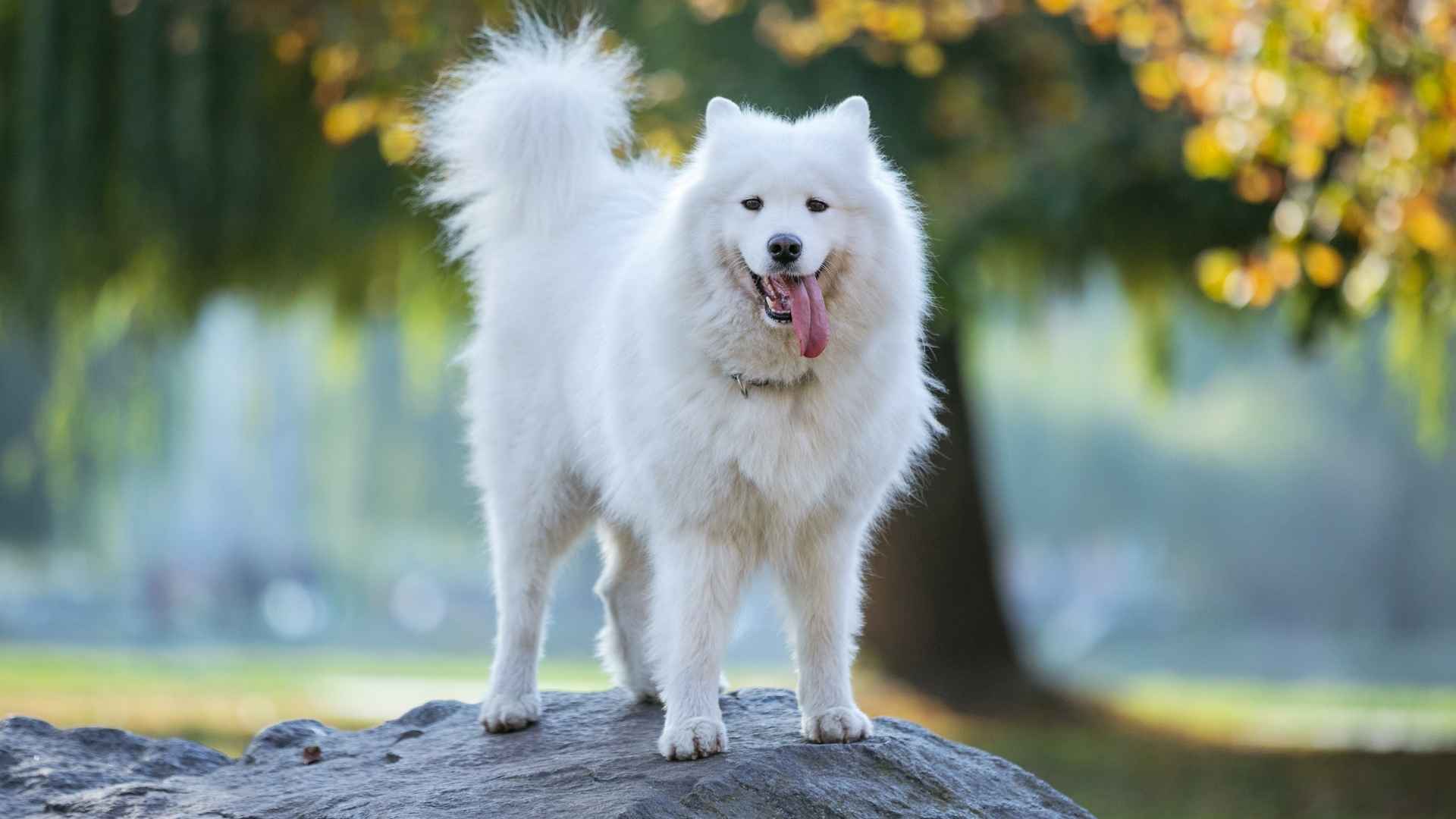There is something irresistible about a dog with a fluffy tail, and it is not only a matter of charm but also function. Many breeds with long, fluffy, thick double coats were originally bred to live in cold climates where they used their tails to their advantage, and quite literally, they acted as a natural scarf.
These dogs can be seen curling their tails over their noses to keep them warm during winter. This is a characteristic of Spitz-type breeds, dogs with dense fur, curled tails, and a classification derived from Arctic and sub-Arctic regions.
In this blog, we are discussing the most iconic fluffy-tailed breeds and what it is about these particular dogs that makes their tails look so unique, as well as what you should know if you are planning to bring one of these fluffy pals into your home.
Dog Breeds With The Fluffiest Tails
1. Alaskan Malamute

Alaskan is one of the most ancient of the Arctic sled dogs. According to WebMD, thousands of years ago, they were bred by the Mahlemiut Inuit tribe to pull heavy loads and hunt seals and polar bears. Malamutes curl their fluffy tails over their noses to stay warm in cold temperatures.
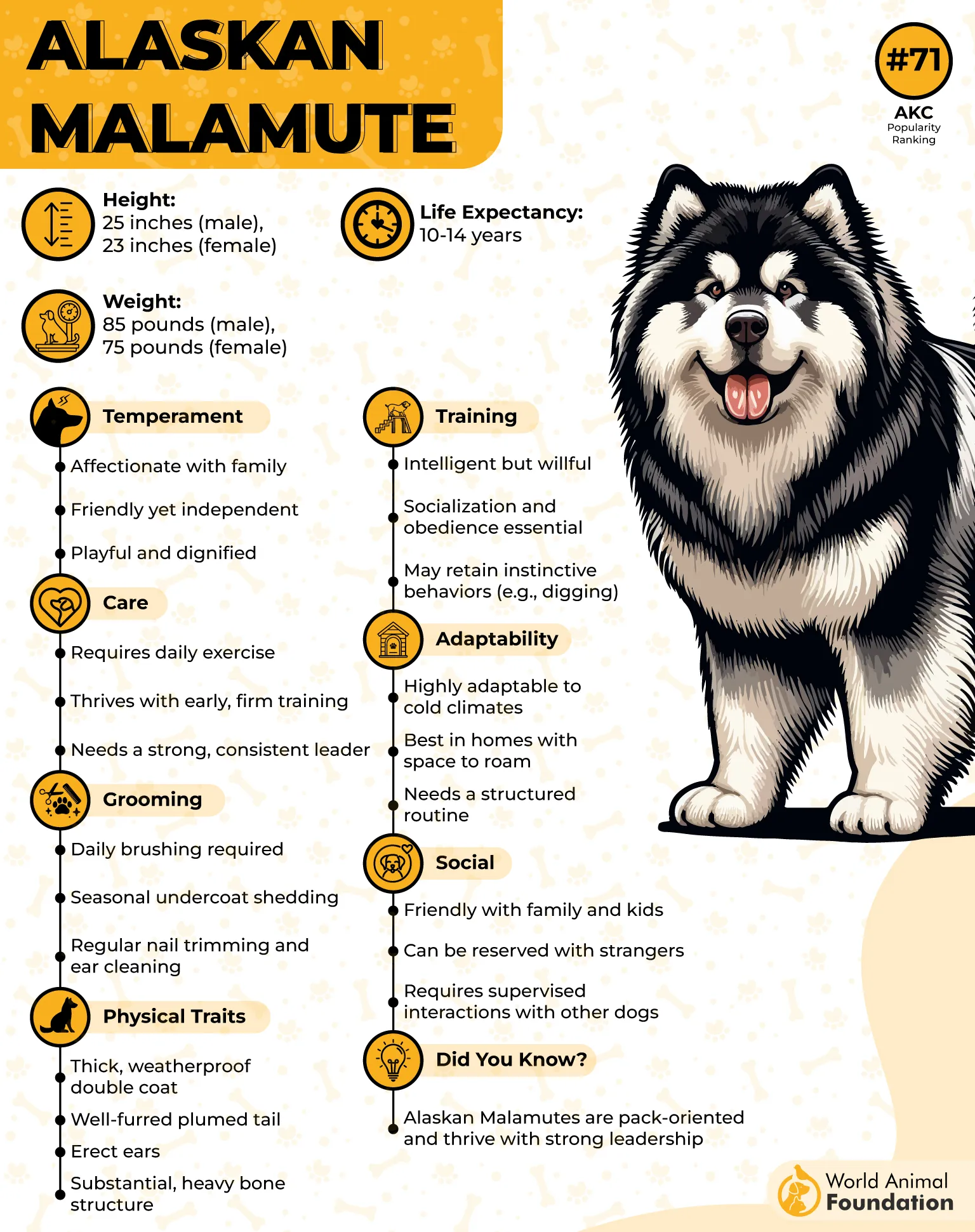
In cold weather, they will lie on their bellies with their tails curled over their noses to warm the air they breathe. While they look large and menacing, the Malamute breed is lovable and fun. But they are also a little stubborn, so training one to do tricks can be a test of endurance.
They are fiercely independent thinkers, although they bark less than other dogs. They still make themselves heard in their way. They like to “talk” through howling and whining when they try to communicate with their human companions.
2. Samoyed
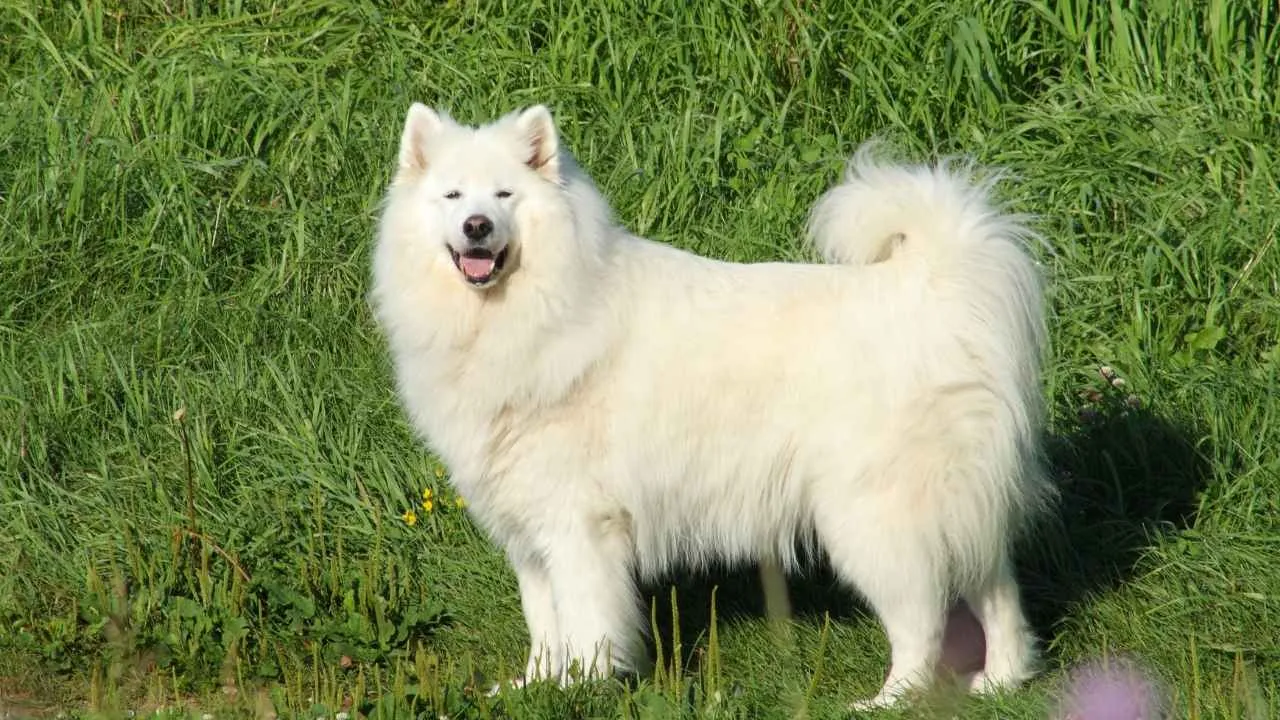
Samoyeds even have a nickname, the “Smiley Dog,” and it is all because of their one-of-a-kind upturned mouth that quite literally makes it look as though they are always smiling. It is a smile that beautifully mirrors the appearances of their bright personalities. Their heavy, double coats are not just for appearance.
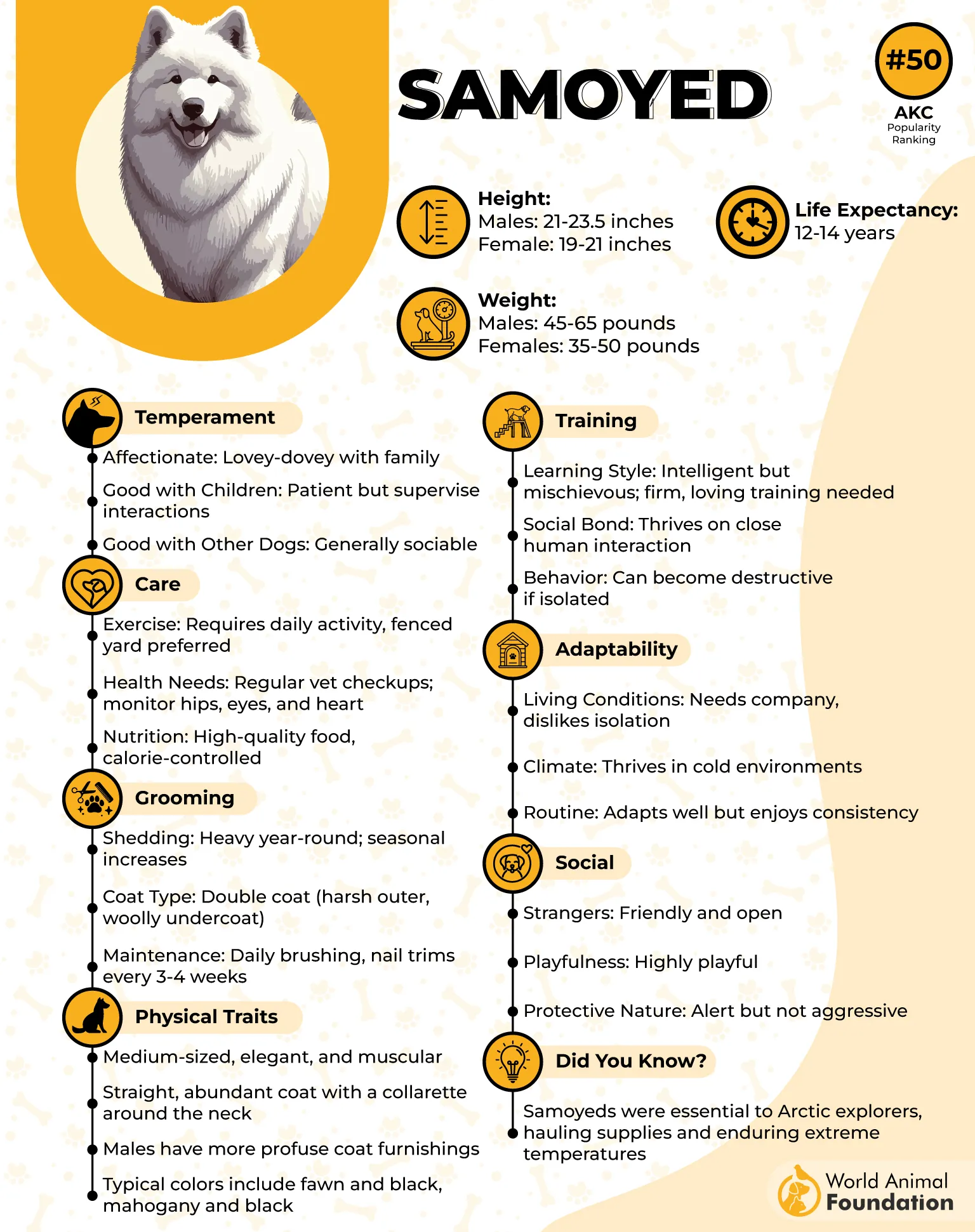
The combination of this soft undercoat and an extremely dense, water-repellent outer coat has made them stand out as one of the best breeds for keeping warm in the snowy weather, keeping them comfortably warm in even as low -50F. It is said to have a texture like angora wool, and some enterprising owners use the shed fur of their dogs to knit scarves and other items.
According to PetMD, they are friendly and social and make excellent companions, though they do not make good watchdogs. Instead of suspicion, they will greet strangers with a wagging tail.
3. Pomeranian
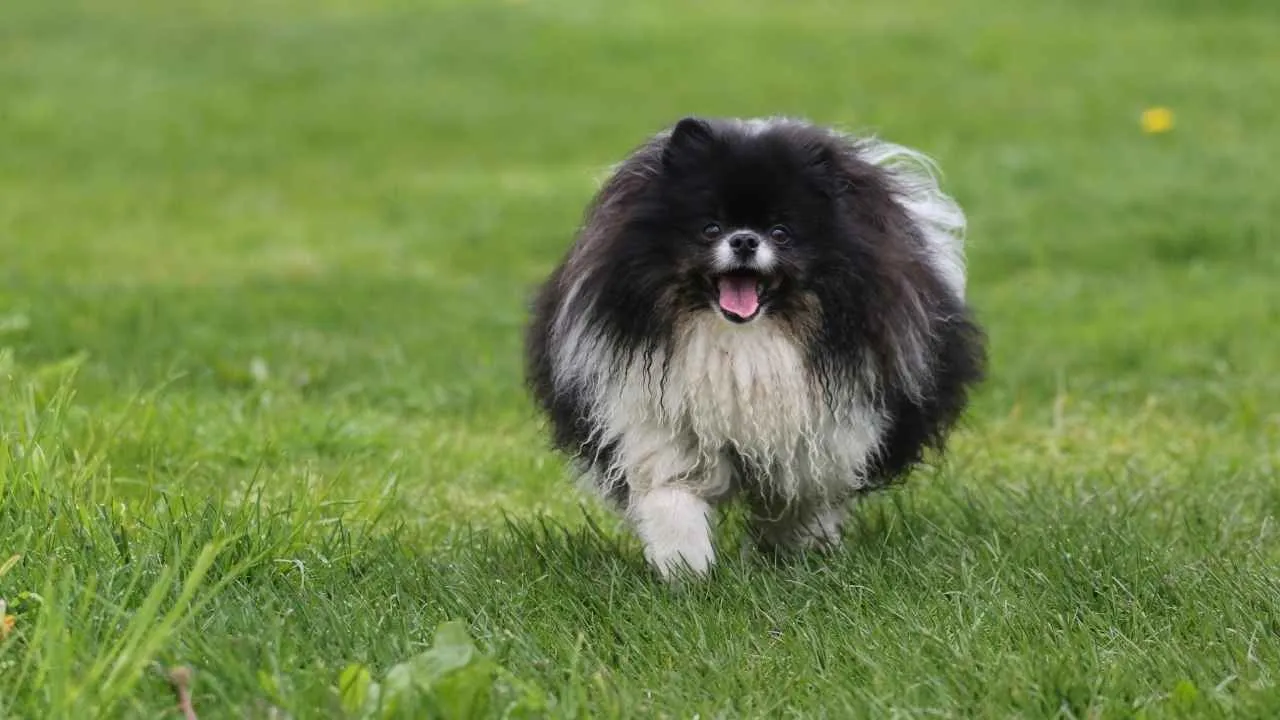
The worldwide fame of Pomeranians originated from their royal admiration. Queen Victoria developed a strong affection for smaller Pomeranians, which led to breeding practices that resulted in today’s miniature versions of the breed.
The Pomeranian’s ancestors performed herding tasks and pulled sleds in snowy areas before becoming the beloved companion dogs we have today.
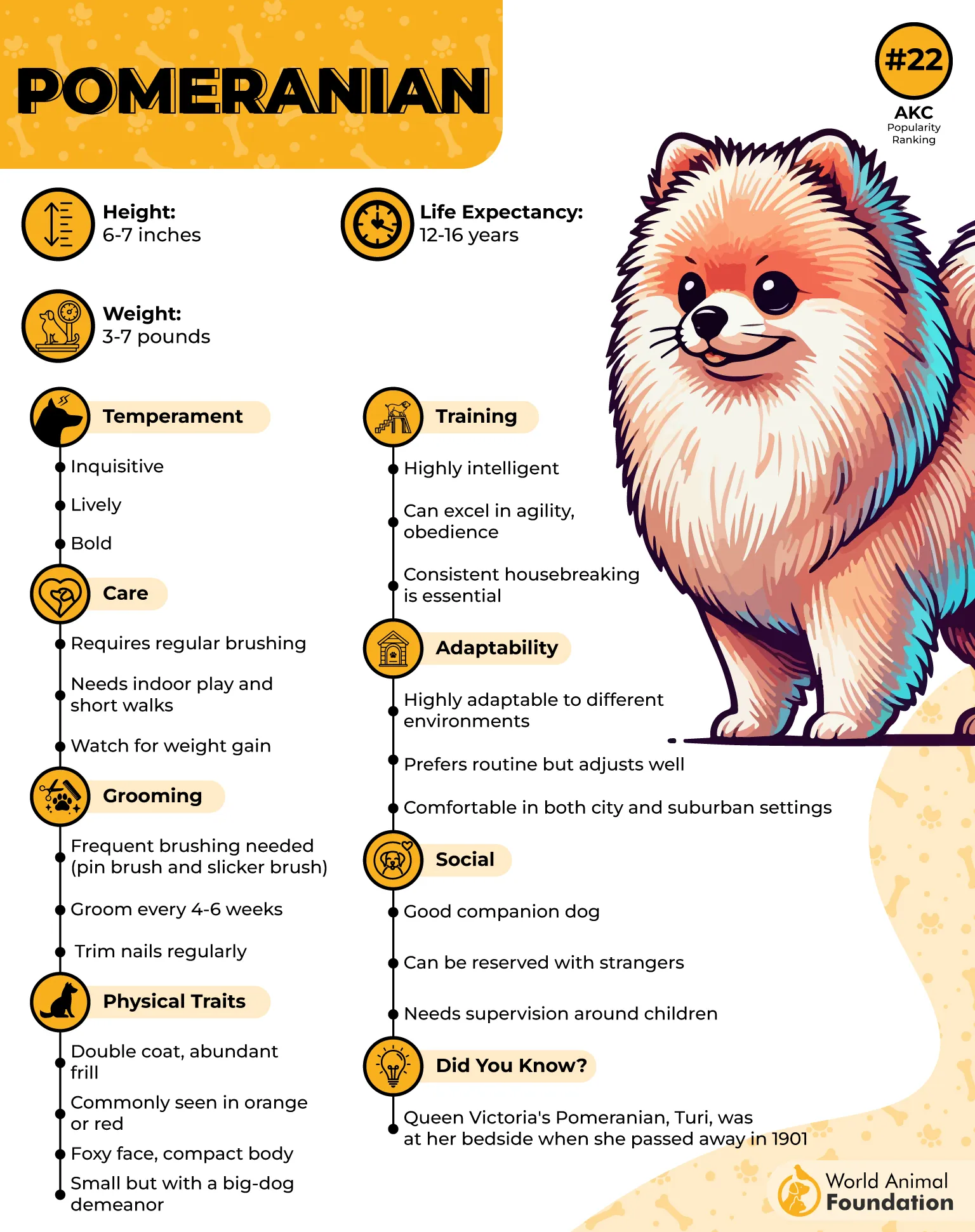
Pomeranians begin to develop their fluffy tails as puppies, but full tail plume and coat maturity often take several months. But beware their bark, the dogs will express their emotions through voice while warning you about unfamiliar individuals or participating in your dialogue.
4. Chow Chow
Chow Chows have origins that trace back to the Han Dynasty of China from 206 BCE to 220 CE, which demonstrates their status as one of the oldest dog breeds known to humans.
Throughout history, these majestic dogs worked as hunters, protective guards, and sled-pulling animals. Chows were considered canine royalty in China.
Presently, these dogs maintain their royal demeanor while interacting with humans, who treasure these fluffy dog breeds. When born, Chow puppies display a pink tongue which slowly evolves to its striking blue color.
It is like a built-in party trick. The red coat of Chows stands as their most famous color, but they exist in multiple shades, such as black, cream, cinnamon, blue, and there are even white or fawn variants. They resemble a soft rainbow moving on four legs.
5. Keeshond
Keeshonds earn the nickname “Smiling Dutchman” because their happy nature, combined with facial markings resembling glasses, gives them a permanently delighted expression. The facial markings on these dogs serve a practical purpose because they reflect sunlight, which protects their vision.
Keeshound males typically weigh 40 pounds, while females average about 35 pounds. Although Keeshounds appear small, they demonstrate an abundance of personality and bursting energy.
They achieve high success in agility and obedience training due to their intelligent nature and desire to please their owners. These dogs learn rapidly and enjoy demonstrating their abilities through enjoyable activities.
6. Finnish Lapphund
The wide, spread-out toes of Finnish Lapphunds function as natural snowshoes. They move elegantly across snowy and icy surfaces, which makes Finnish Lapphunds ideal companions for cold environments. The fluffy double coat of these dogs protects them against the extreme icy conditions typical of Lapland.
These dogs maintain their cozy appearance by staying warm during cold weather conditions. Lapphunds naturally express themselves vocally when they encounter unfamiliar situations or objects.
Training allows you to transform your natural talking into practical signaling functions. These clever dogs relish training sessions and problem-solving tasks, and never apply their intelligence to act up
7. Akita
In Japan, Akitas represent symbols of health and long life. People give Akita statues to families as well-wishing gifts when a new baby arrives or someone starts to recover from sickness. The Akita breed became internationally famous because of Hachiko’s story about an Akita who stood by a train station for nine years, hoping for his deceased owner to return.
Akitas demonstrate independent traits and strong confidence in their demeanor. Akitas need experienced pet parents who deliver steady, strong, but gentle training methods for optimal growth.
Expect fur shedding to intensify during spring and fall seasons as Akitas naturally lose their coats. Owners must regularly groom Akita dogs to keep their luxurious fur coats under control.
Conclusion
Fluffy tails serve as the defining characteristic of many beloved and distinct dog breeds. The tails of these dog breeds. The tails of these big, fluffy dog breeds showcase their historical background along with their personality traits and way of life, whether they served as working sled dogs or became cherished family members.
Owning a dog with a fluffy tail requires dedication to their distinct care requirement, including consistent grooming and daily exercise. These dogs deliver happiness and coziness through their majestic fluffiness when given proper attention and love. A fluffy-tailed dog brings both comforting companionship and unique character into your home.


